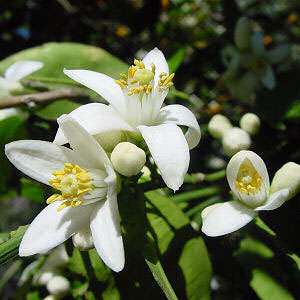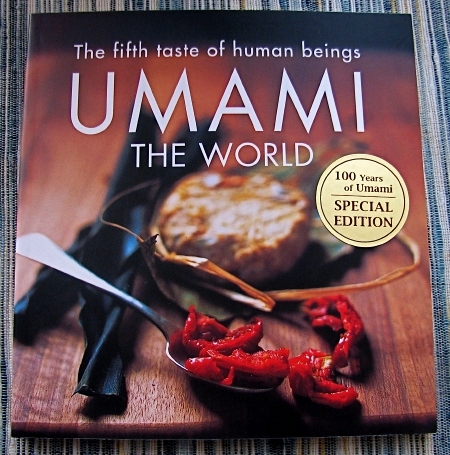 Growing up in New England, fall usually meant a trip to a nearby orchard to pick a bushel or two of locally grown apples. Most orchards sold more than just apples, they also had jugs of fresh Apple Cider (the official beverage of my home state, New Hampshire) which, until recently, was nearly impossible to find in California. The have plenty of apple drinks labeled “cider” but because most cider is pasteurized, which is quite different in taste and texture than unpasteurized cider.
Growing up in New England, fall usually meant a trip to a nearby orchard to pick a bushel or two of locally grown apples. Most orchards sold more than just apples, they also had jugs of fresh Apple Cider (the official beverage of my home state, New Hampshire) which, until recently, was nearly impossible to find in California. The have plenty of apple drinks labeled “cider” but because most cider is pasteurized, which is quite different in taste and texture than unpasteurized cider.
Pasteurization is a result of health and safety concerns, primarily due to E. coli outbreaks from unpasteurized apple cider, and now all apple cider sold in the United States, other than sales directly to consumers by producers - such as juice bars, farmers’ markets, and roadside farm stands, must be pasteurized.
If good sanitation practices are followed, the risk from unpasteurized cider is negligible, so I prefer to seek out unpasteurized cider at my local farmer’s market. I use it quickly as it has a limited shelf-life, although it can be frozen for use throughout the year.


 I love grilled veggies, but sometimes prepping veggies for the grill, and then standing vigil over them patiently, is just a little more time than even I’m willing to give. So this week I grabbed my grill basket to make life easier. And I wound up improvising a number of different veggie dishes, using both my Morning Glory haul and the contents of my refrigerator veggie bin. (Just two samples–in the basket above, and finished, below.)
I love grilled veggies, but sometimes prepping veggies for the grill, and then standing vigil over them patiently, is just a little more time than even I’m willing to give. So this week I grabbed my grill basket to make life easier. And I wound up improvising a number of different veggie dishes, using both my Morning Glory haul and the contents of my refrigerator veggie bin. (Just two samples–in the basket above, and finished, below.) Sometimes it’s the tiny little things in life that bring the most joy.
Sometimes it’s the tiny little things in life that bring the most joy. Umami was discovered by a Japanese researcher one hundred years ago. Dr. Kikunae Ikeda of Tokyo Imperial University recognized that certain foods like asparagus, tomatoes, meat and cheese all shared a common taste. It's a bit hard to put your finger on, though it's often described as "savory." I think it's easier to think of it as the taste that makes your mouth water. It also has a distinctive mouth feel, it lends a fullness or roundness.
Umami was discovered by a Japanese researcher one hundred years ago. Dr. Kikunae Ikeda of Tokyo Imperial University recognized that certain foods like asparagus, tomatoes, meat and cheese all shared a common taste. It's a bit hard to put your finger on, though it's often described as "savory." I think it's easier to think of it as the taste that makes your mouth water. It also has a distinctive mouth feel, it lends a fullness or roundness. 